Enacting change through his new film photography, Christopher Lanaway aims to encourage conversation around mental health, spark inspiration and photograph pro athletes in a different light...
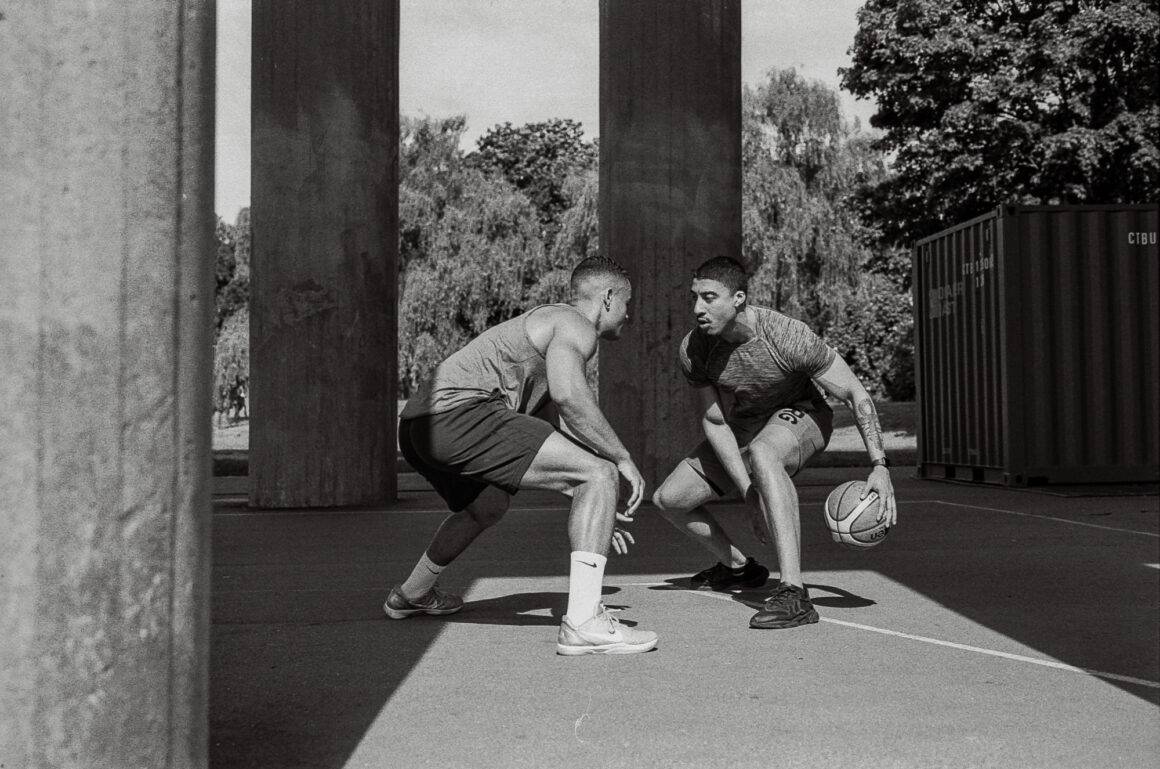
Chris Lanaway: Breaking Down Mental Health Stigmas and Igniting Motivation
With a successful career in photographing top sporting events and pro athletes, Chris Lanaway has turned his attention to documenting sports people in a more personal manner. Using film photography to showcase the importance of mental health awareness in the industry and further, his latest work is a comment on mental health stigma and a tool to inspire dedication and motivation in a pandemic.
“Many top athletes are role models, if they share experiences it could influence others to take action. Long term, the knock on effect of being open could save someone’s life.” – Chris Lanaway.
We sat down to chat with him about how his life as a photographer has evolved and all about his new creative approach.

How did you get started in photography?
I was first exposed to photography around age 11 when I started to buy skateboard magazines, me and my friends lived in a rural village and it was hard to escape at that young age. I was really inspired by the work of skate photographers, incredible technical photography but with so much creativity which is ingrained into skateboarding. I soon started saving pocket money and taking photos of my friends skateboarding with disposable 35mm cameras. When I was 16 I managed to get a job and save up to buy my first proper camera which was some old Nikon bridge camera, it sucked but at the time I was stoked.
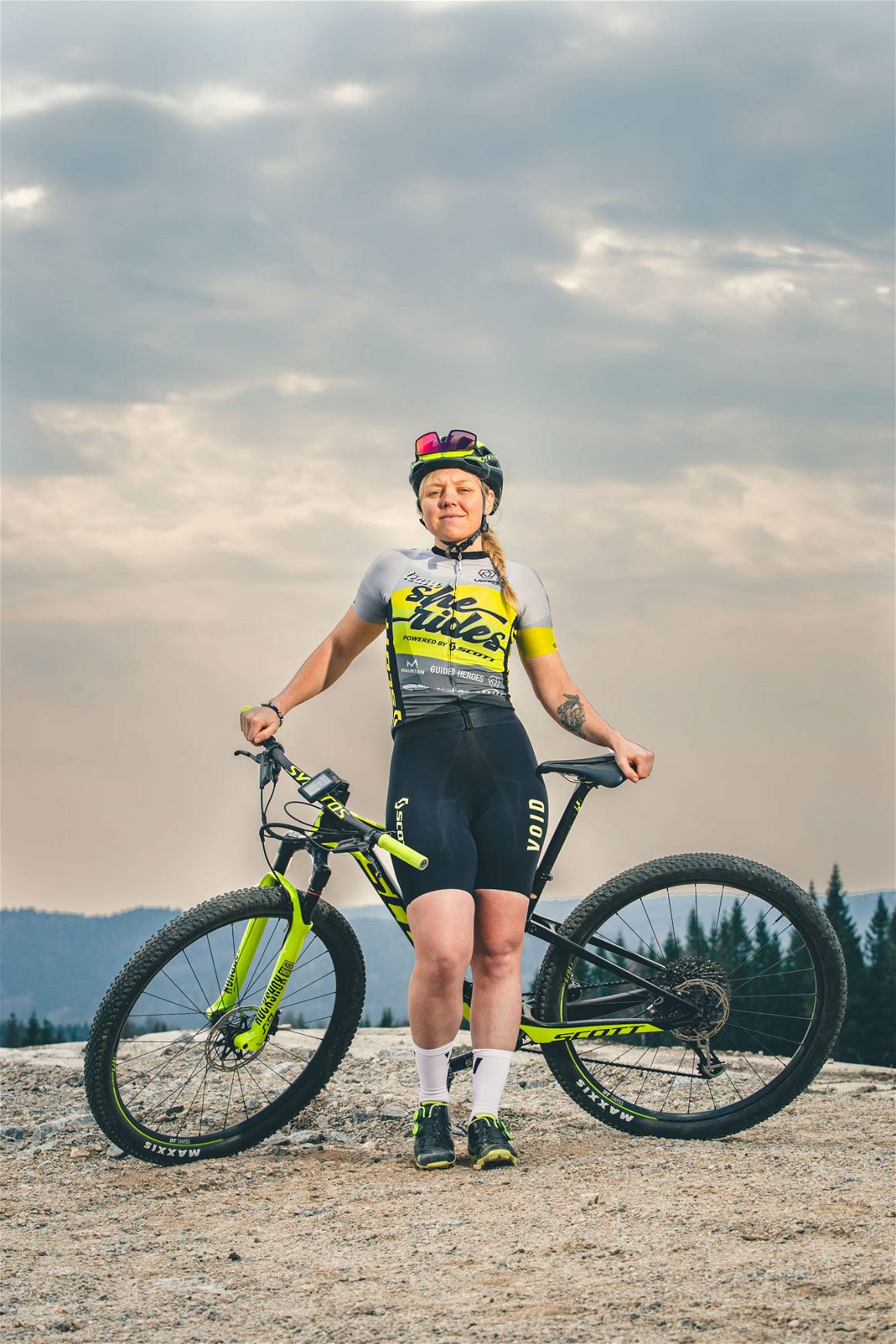
Tell us a bit about your time as a photographer? How has it evolved since when you first started out?
I started out only shooting skateboarding, badly I might add! I was completely obsessed with photography and skateboarding growing up but unfortunately I got injured quite badly, this in turn was a blessing in disguise. I couldn’t skate for over a year but still wanted to hang with my friends, so I spent that year investing in more kit and learning how to use remote flashes. I would be out every weekend with my Bronica SQa and sending film to the lab in the week. I soon built a small portfolio of skateboard photos and portraits. I decided at this point that photography was what I wanted to do, this was around 19. I enrolled in college to do A-levels and also resit most of my school exams, I wasn’t very academic as a kid which was my own fault. Whilst at college I started to pick up a few small assignments, this really opened my eyes and made me realize that it is possible to make photography a job. Up until this point I was still mainly shooting skateboarding and skateboarders but when I made it to university things grew. I immersed myself in photography and the process, working in the studios and the darkrooms, I also started assisting other photographers. I felt that at this point, in 2014, I really started to develop my process and style. I guess you would say I was shooting in a documentary style, primarily using medium format but also some 5×4. I wasn’t shooting skateboarding anymore and sport was very much front and centre of my photographic practice. I developed an interest in cycling, so I began creating stories around cycling, steel bicycle frame builders in particular. I finished uni and like most art school graduates I was a bit lost at the time, I had moved back home and so back in rural southern England. Most of my friends from home were working so I was on my own a fair bit during this time. I dabbled in landscape photography as I didn’t really have anything else to shoot around m. This soon changed when I was approached by British cycling team Madison-Genesis, who asked me to be their team photographer for the 2015 season. This was really the starting point for me and my career. Shooting for them opened up other opportunities, this in turn meant I was now working fairly regularly. I still had a part time job but my own work was developing and I began shooting for a variety of clients in the cycling world. I’m probably best known for my cycling work, it was what put my name out there as I frequently covered races and shot features for Cycling Weekly and also began working for brands directly, covering races and athletes. I was working the cycling scene for a few years which I really enjoyed but there was always a feeling that I wouldn’t last forever. My interest in sport is quite broad, and through working with Madison-Genesis I was intrigued by the drive and mental strength of professional athletes. This became a bit of a focal point within my work. I went back to assisting along with my own work, I was really fortunate to have the opportunity to work with David Goldman and Tom Oldham. Two exceptional British photographers that took a punt and let me on set but also to a greater extent mentored me and helped me plot a change of path.
Cue a move to Sweden and my work has gone full circle, I started out with film but migrated to digital because at the time my clients were primarily magazines and press so the sooner you got images the better, so you could sell more work. I still shoot digital for a lot of my work but now, I’m shooting more and more film. I’m also getting more time with my subjects and freedom to produce work that sits on the edge of client briefs but ties into my own personal style. I have never had a “hate photography” moment but I have definitely evolved and re-evaluated over the years.
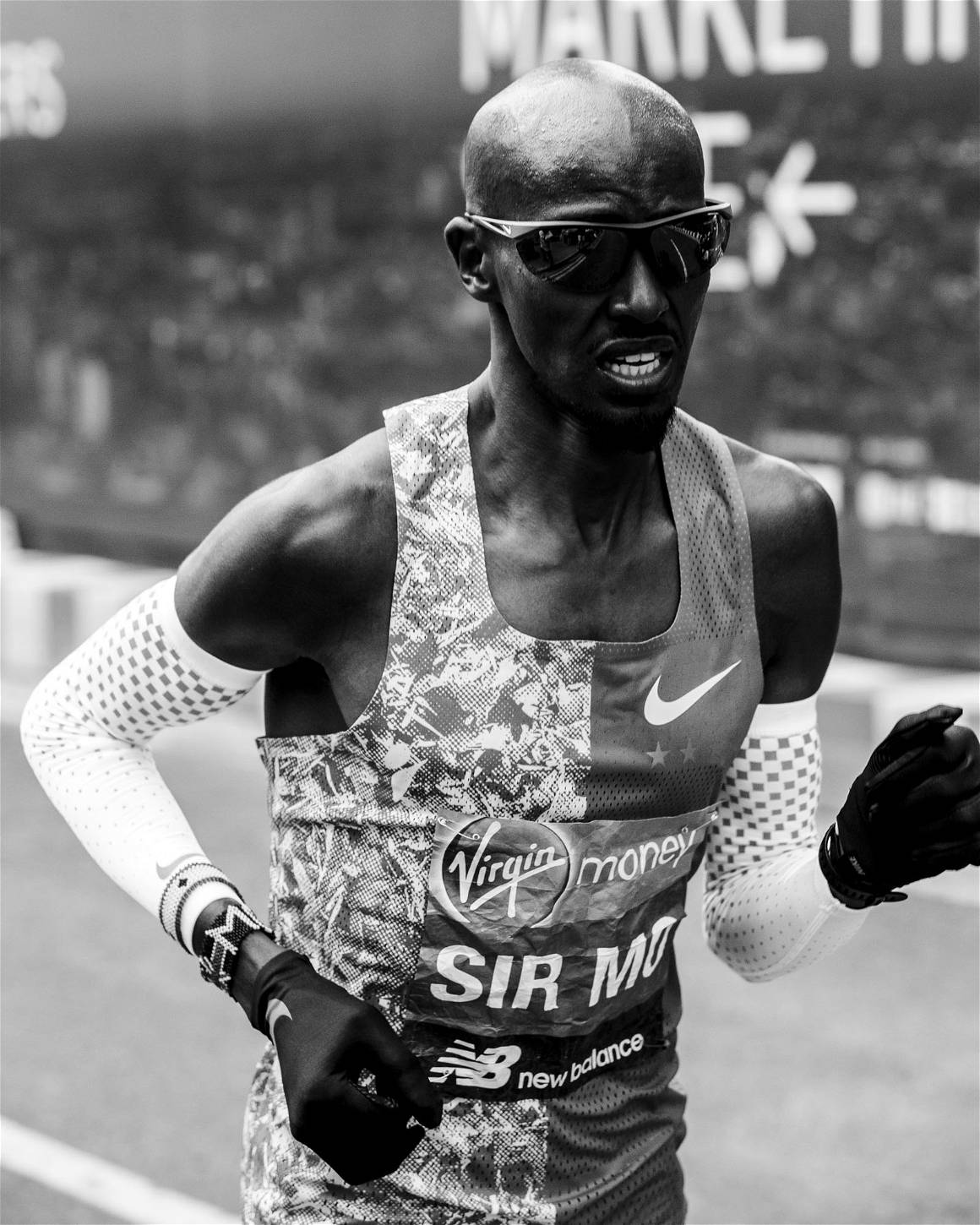
You previously have worked on some amazing sport events with some established sporting names, do any come to mind that were most challenging or enjoyable?
Covering bike races is always the most challenging, you often have large distances to cover and not much time. More often you are doing a recon via google earth the night before a stage and plans will often change on the fly as the race unfolds. I really enjoyed covering Liege Bastogne Liege, I was working self supported so I had the challenge of capturing a range of images to appeal to various clients for purchase. After a long drive out to Liege I did a recon and got some sleep before the race started, on race day I was lured into a false sense of security. The roads were very quiet due to a terror incident that had happened recently so crowds were small (for a Belgian race), I made good progress at the start of the race. Once I hit the motorway I got stuck behind a car that broke down and later caught fire, it was a severe delay so plans rapidly changed. I managed to get ahead of the peloton again and onto the famous col du saint Roche, the Belgians are so friendly and one old lady in the village saw my press sticker on the car and let me park in her driveway which was right on the climb. Thanks to her, I managed to get a heap of images which really saved my day, from there on it was back on track until a dramatic finish. It is always a tussle at the finish to get a good spot but I managed to get a clear shot of the winner Valverde which was published multiple times. That day always stands out as being both very challenging but very successful and enjoyable.
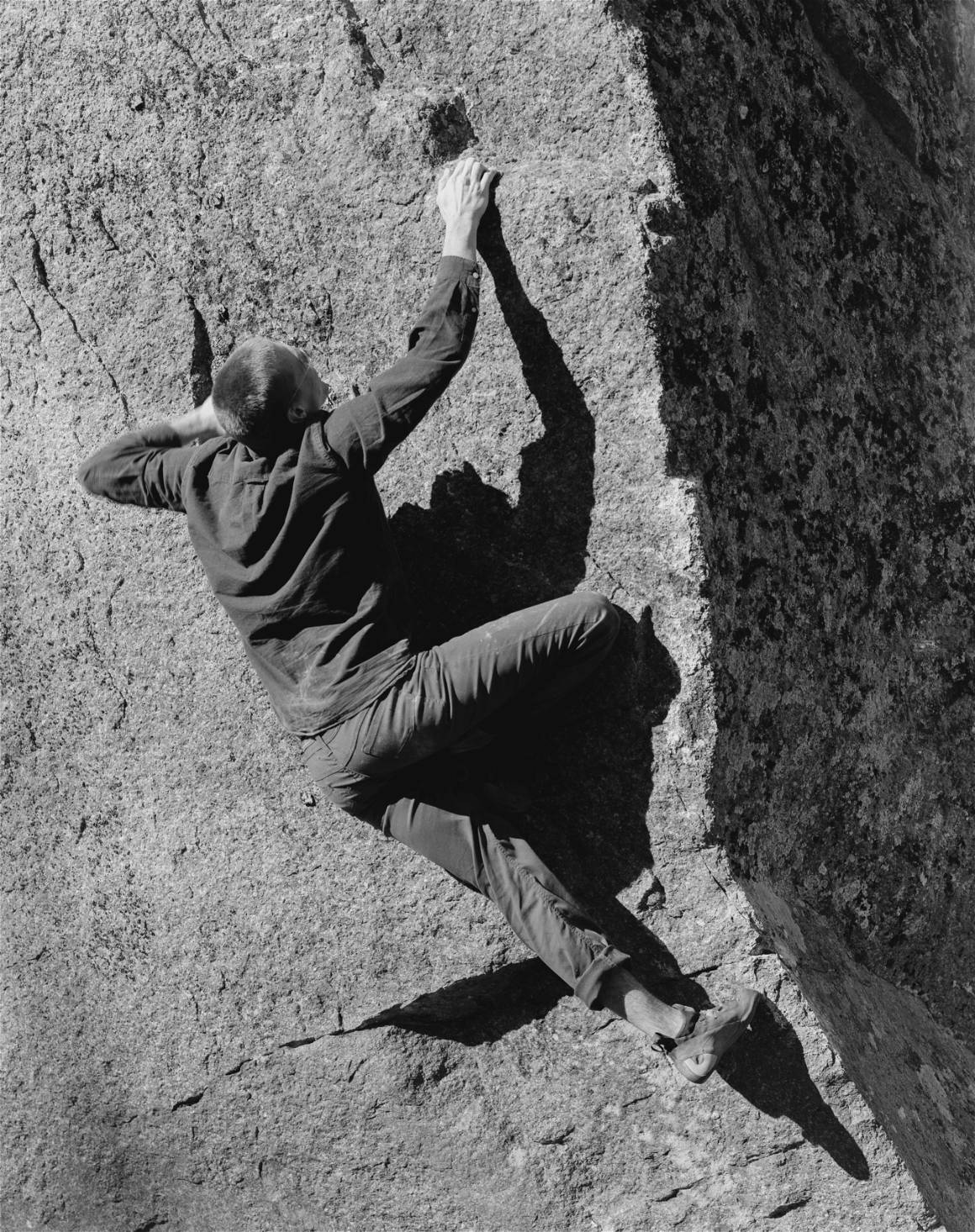
You recently wrote that the pandemic has dramatically impacted the way and style in which you work. Could you tell us more about how you have adapted your craft?
The pandemic has been a really interesting experience for me, it coincided with the arrival of my first child so given that work has all dried up across Europe I enjoyed some down time away from cameras with my family. I was still engaging in photography, looking at the work of photographers that inspire me and exploring new ideas. The breathing space that the pandemic created allowed me to re-evaluate what work I wanted to be creating and I started to focus on producing work I wanted to whilst I had time. In turn this was really well received by my clients, who then started to inquire about doing shoots that had a similar aesthetic. I’m shooting much more on film, both 35mm and large format (5×4). I have placed much more emphasis on people and portraits which now seems to be the work I’m being booked for. My process is much slower and considered than it was previously, focusing on creating a narrative and shooting less, but much more consistently. I have more confidence in my own personal work and how I create it which I feel now reflects into my commercial work.
Your most recent work, the portraits of athletes, is a beautiful, still documentation of people affected by COVID 19. What drew you to telling the stories of athletes?
The Covid outbreak was this unbelievable change of everyday life for so many, I started to see some great work from photographers around the world documenting this but primarily showing it from an everyday person’s perspective. This is of course really important to document but I didn’t want to follow in someone else’s footsteps, at the time Sweden was also getting some negative press as it didn’t lock down. I felt people were maybe viewing Sweden with envy as Swedes were still, to a point, able to go about daily life but a lot of the media outside of Sweden was falsely representing what the situation really was. Sweden hadn’t locked down, but the pandemic still had a negative impact on many people’s lives. I wanted to show that but in a way that reflected my work and allowed me to push myself to create work I want to create rather than to fulfill a brief.
I’ve worked with pro athletes for a number of years now and I have come to understand the mental toll it can take of them, both positive and negative. To be a professional athlete and perform at the highest level it takes a lot more than just being good at a sport, its many hours of dedication and mental stamina too. This is often overlooked when those outside of the sports world look in at those performing. I have become friends with some elite/pro athletes based near my home town and after conversations with them I decided this should be something that the outside world should hear about. I was a bit worried it could be seen as a bit controversial being based here in Sweden and going out to shoot but we all kept to the government’s guidelines managing to shoot in a safe manner and I actually delayed the release of the project as it didn’t feel right at the time. As the second wave hit I felt it could be something to inspire those who had taken up sport during the first lock down to continue.. Thankfully the project was well received and seen in a positive light, as intended.
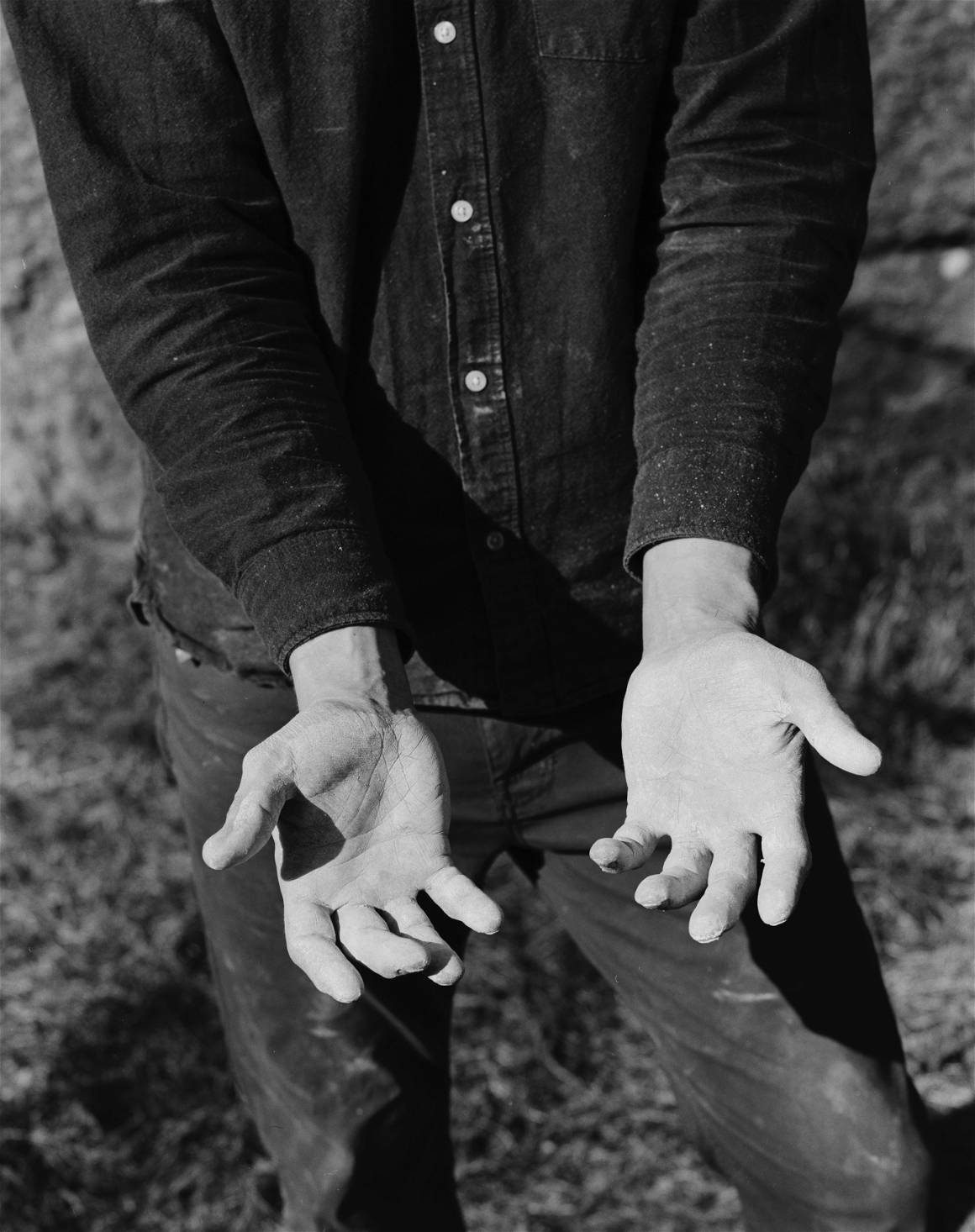
Why do you believe that athletes make for such captivating subjects?
To be good at sport you have to be committed, natural ability is also important but that will only ever get someone so far. It’s not uncommon to see athletes with immense natural ability not make it to the professional ranks, although this could be for many reasons, the common thread is their mental determination. Those that are head strong can overcome injury, defeat and poor results making them complex personalities. Often they are criticised for being arrogant or cocky but I find with my dealings with athletes this isn’t the case. Once you break down what it is that they do and how they achieve results, it’s just another element of being an athlete, and more often than not they’re incredibly humble. Always gracious particularly when they have had good results, sometimes tricky when they have not but I see this as them using frustration to fuel themselves to get back on track. There is so much more to being a top athlete than just “competing”, I find it fascinating to try and understand this.
How do you think photographing the athletes impacted by the current cultural climate helps others and the sports community?
It’s been really interesting seeing so many turn to exercise and sport as a form of release from the stresses of lock down and the current global situation. The hardest part of getting into sport is “crossing the threshold”, getting motivated to get your gear on and get out the door and do it. After that it’s staying motivated to keep going, one of my aims with my recent project was to show how pro athletes are staying motivated despite the negative situation they find themselves in in the hope of inspiring. In a way, showing how they overcome adversity to continue training despite not knowing (at the time) when they might actually be able to compete again. I’d like to think it inspired people to continue with whatever exercise they have started in 2020, if not maybe it’s some nice sports content in the year when sport was canceled.
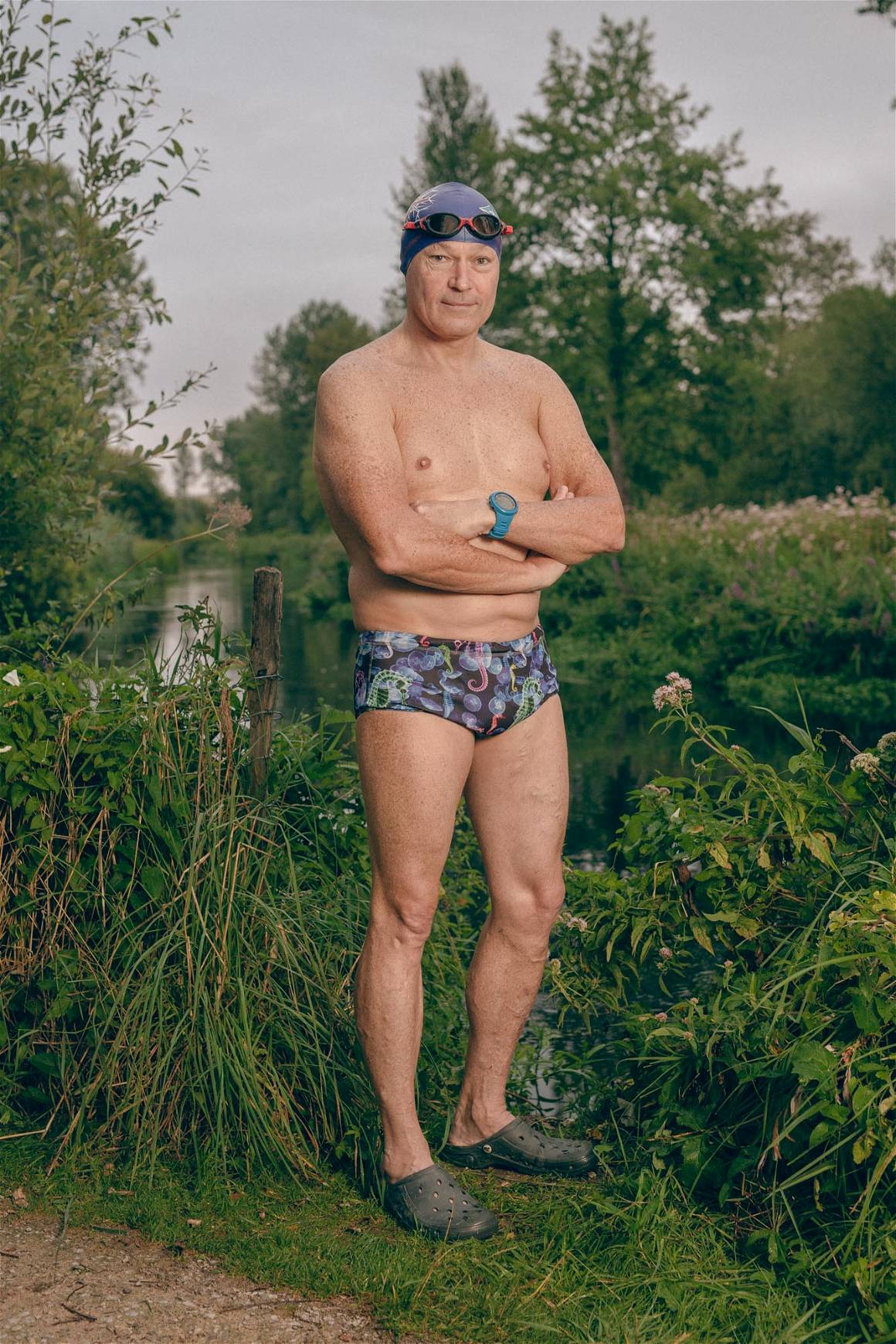
You have previously said that mental health is a poignant theme in your photography of sports men and women. Why do you think this of such interest and importance in the current social climate?
As a society we’re becoming more aware of mental health and that it should be taken seriously, slowly the stigma of talking about mental health problems is being broken down which I feel is really important. Athletes are always toeing a fine line, they get to experience huge euphoria when their performance is good and they are at the top. It only takes some sickness, injury or mental stress to be knocked over. It’s easy for this to cause a spiral of negativity, particularly with long injury recovery. It’s not uncommon for pro athletes to receive coaching or counselling to help with their mental state in these situations. I feel this should be made wider knowledge to let greater society know its okay to not be okay and that help is available. Many top athletes are role models, if they share experiences it could influence others to take action. Long term the knock on effect of being open could save someone’s life.
What do you think the role of photography is in the current environment we are living in and adjusting to?
I think photography is and always will be important within society despite the situation and working environment of 2020. I think the change that has occurred could be good long term. For example, I think going forward there will be much more use of local photographers and crew rather than flying huge teams halfway around the world to do a shoot. On this note I think we will continue to see less bodies on set. As we have all discovered since working from home, it’s easily viable to have clients and brand managers etc remote via a web link, a huge benefit of the digital age. All of this is much better for the environment which whether you believe in climate change or not, is a good thing!
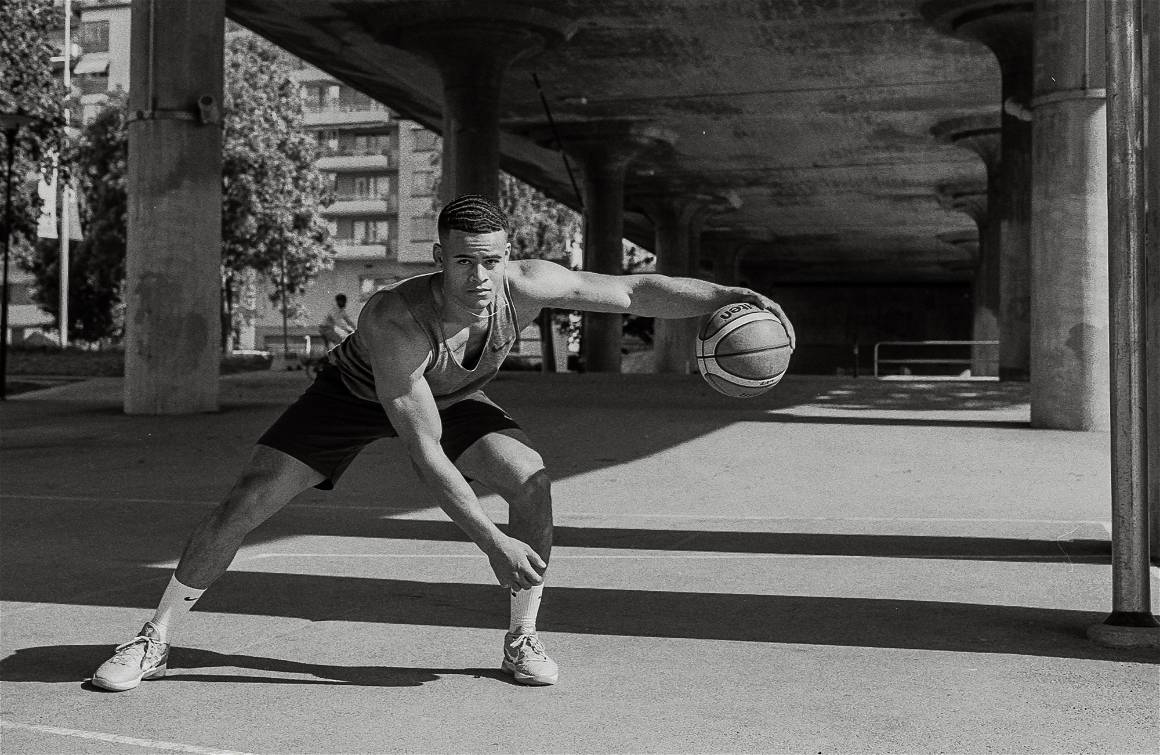
What do you hope your latest body of work to achieve and is there a clear message you are sending?
I don’t really know how far my work reaches but I hope that it inspires someone that may have taken up exercise in 2020 to continue in 2021 and stay positive despite challenging global circumstances.
What is the one thing that keeps you up at night?
I have a young daughter so I usually fall right asleep but I do still get the fear when sending 5×4 negatives to the lab. I always worry that the client has entrusted me to shoot on film and that I’ll get the negs back and they will be blank! I had this recently with a job which was all shot on film, thankfully the lab sent contact sheets and they all came out as they should!
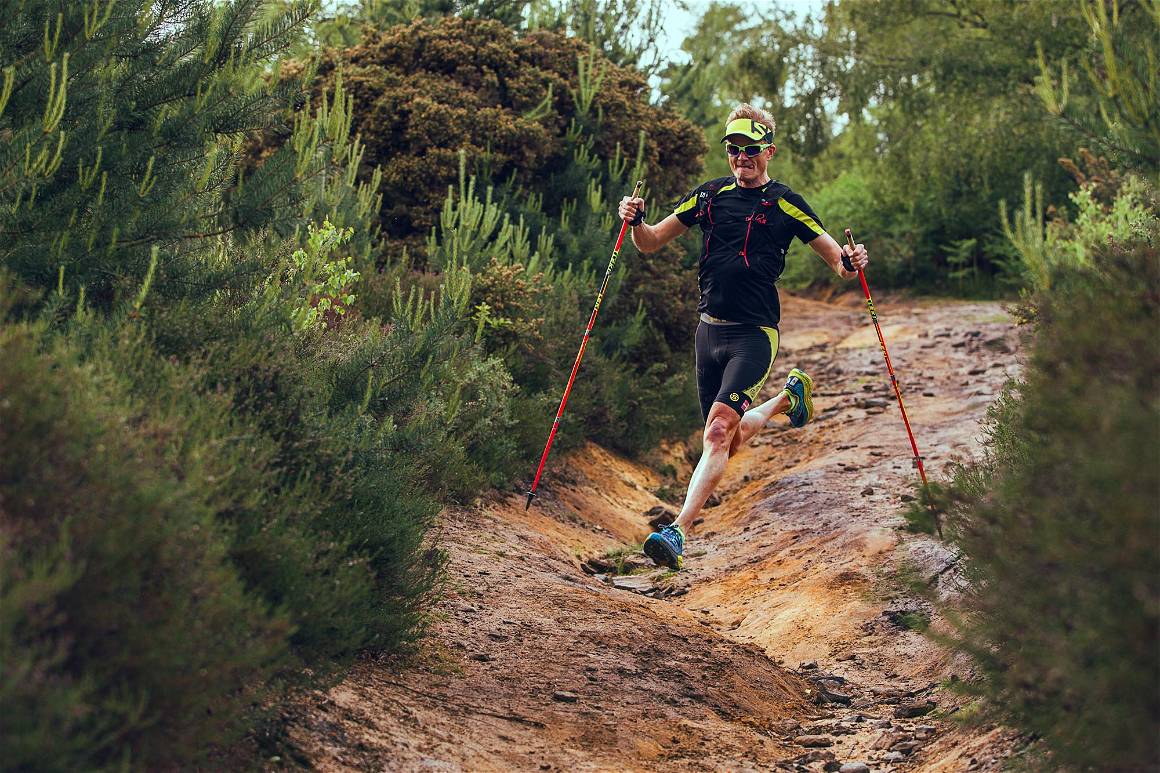
What advice or insight would you give to young sports photographers starting out in their career?
Be humble and learn the ropes, find ways to gain experience. Assist photographers, do work experience at photo agencies and shoot lots. Get to know your equipment and look for unique angles, even when you have a brief think about how you can add to it. To get doors open, make a portfolio, start from the ground up. There is so much grass roots sport going on all over and if you’re polite people will often be flattered should you ask to photograph them. Don’t just take no for an answer, politely ask why and try asking the question differently. I once forgot to apply for press accreditation for my car at the Tour de Yorkshire, I asked on the day if I could get it accredited and they said no. I asked again but I said “I have my Skoda with me, could I get accreditation”, Skoda sponsored the race so they said yes……
For more information on Chris Lanaway’s latest work visit www.christopherlanaway.com or check out his instagram @chrislanaway


